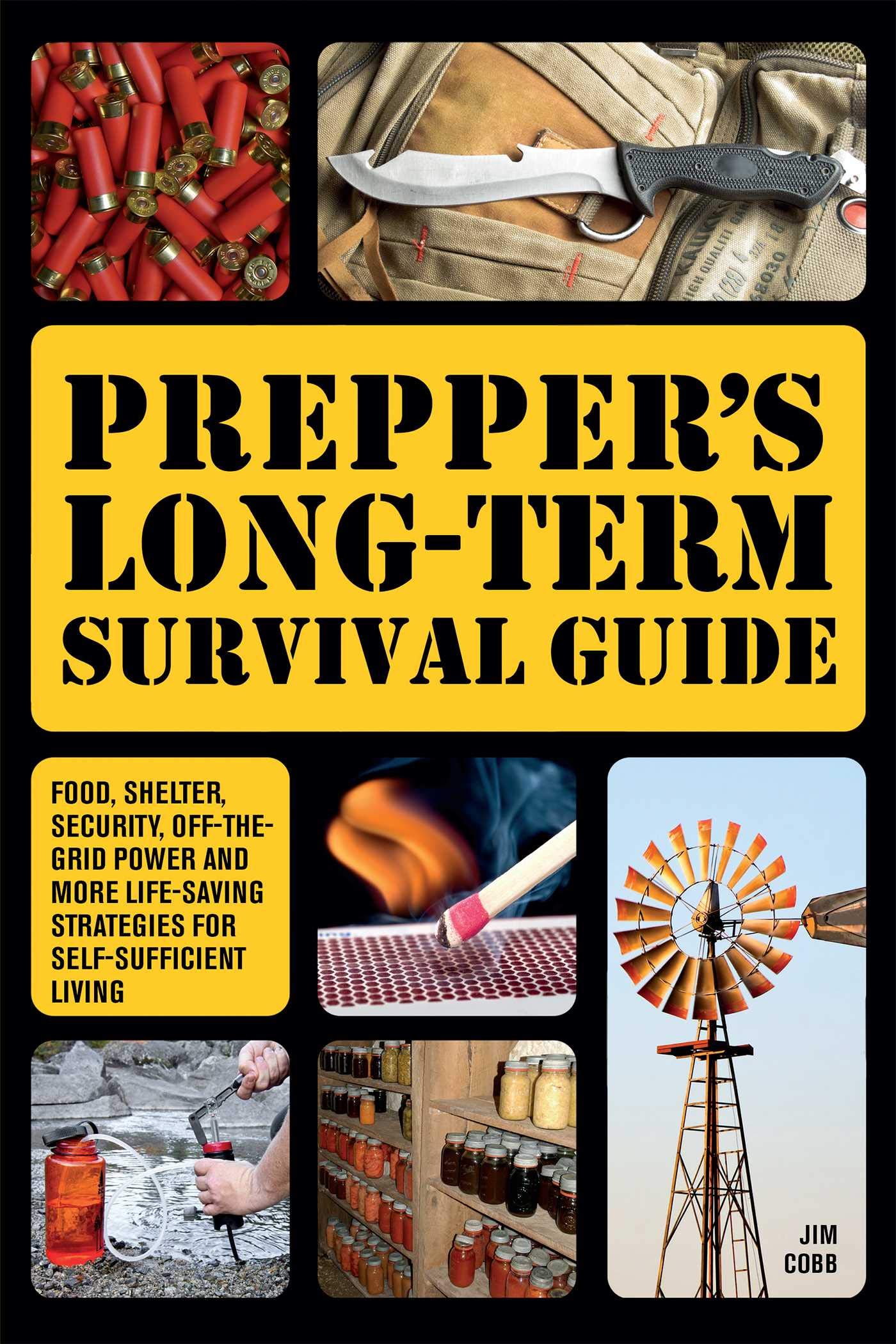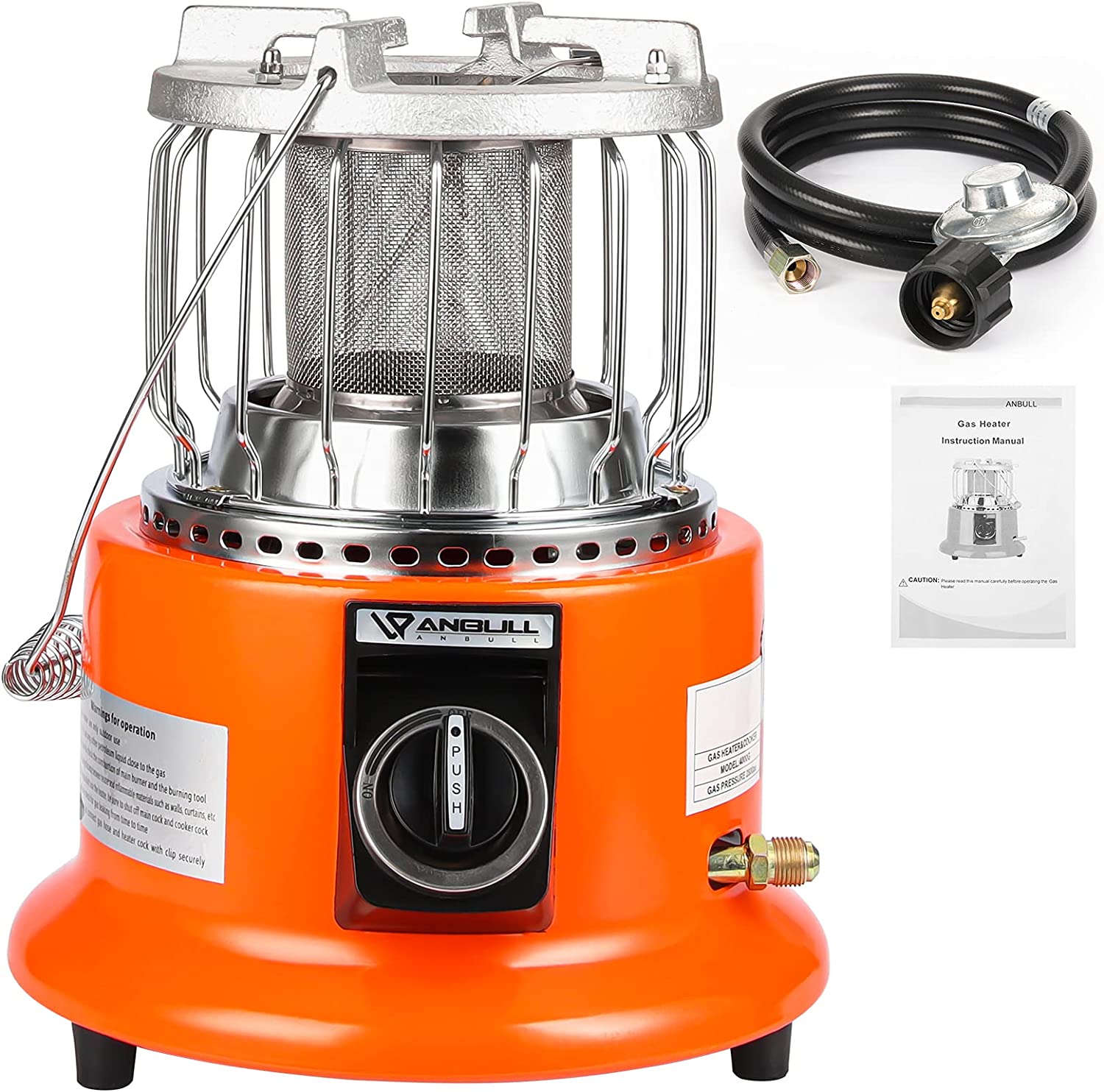
Many people are now considering becoming Doomsday Preppers. These people are like-minded and a bit nuts, but they are not crazy at all. Many of these people have been doing this for many years. Here are some reasons they have become Doomsday Preparsed: They aren't concerned about the fate of others and are certainly not concerned about climate change. They want to maintain their way of living and their way in thinking. They're making bullets, building faraday cages to protect electronics, and buying mountain hideaways as bug-out locations.
Prepper communities are not prepared for any kind of doomsday scenario. Prepper communities expect that a variety of circumstances will lead to disaster. They expect major "resets", such a nuclear war or massive electromagnetic pulses from the sun. They also plan for lower-level crises (e.g. droughts and wildfires).

The unique and extraordinary preparations that Doomsday Preppers make is another example of their lifestyle. Bryan Smith, for example, has a bunker underneath his house that can withstand a nuclear attack. He's also invested millions of dollars in building a generator that runs on alcohol to run his generator. His bunker is off-grid which allows him to use five sources of power - wind, solar, and hydropower.
The show is based in interviews with real-life doomsday preppers. In the first episode, he interviews a Doomsday Prepper with his wife and discusses their preparations for the worst. A "prepper" refers to someone who is willing take the chance of disaster. He and his family prepare for an earthquake and tornado in the second episode.
Season 2: Brad and his family prepare for an economic crash by building a bunker within their backyard. Kevin Barber, another prepper, has a unique plan to escape the apocalypse, but the episode is a recap of Season 2. Similar to the previous episode, the episode features a variety of Doomsday Preppers who are preparing for different kinds of disasters. While some of them may have better chances than others, the overall success rate for these preparedness plans is far higher than the average person.

Doomsday preppers are those who believe that an emergency is imminent. They make preparations for such an event by making bunkers or stockpiling materials. They subscribe to a survivalist belief system. They are able to find other preppers who hold the same beliefs. These people are known to be doomsday preppers. The word "prepper" comes from the root word "prepper". The term refers "preppers".
A woman who was prepping for a pandemic was featured on the show hoarding food and other supplies. After a week, she had to sell them because of lack of supplies. She then decided to sell the products at a profit to make even more money. Despite not receiving any support from the TV series, many doomsday preppers don't seem able to make a profit. In fact, they rely heavily on donations from their friends and families.
FAQ
Is it allowed to hunt bears in Alaska
Yes, bear hunting is legal in Alaska. To capture bears, some hunters use traps or snares. Others use dogs or traps to track down bears.
The Alaska Board of Game regulates bear-hunting. Before they can go into the woods, bear hunters must get a bear license.
Denali National Park Preserve offers bear hunting. You can even take part in guided hunts that charge a lot of money to kill bears.
Why is it that the U.S. Department of Agriculture (USDA), only estimates that 1% of hunters kill a deer each year?
The USDA estimates that approximately 6.5 million Americans hunt buck. Only 2.2million actually shoot one.
This means only 0.6% of all hunters will kill a deer each and every year.
How much training is required to become a hunter. How long does it take to complete?
An introduction course is necessary to learn how hunting works. This course teaches you about different types of game and gives you information about the laws surrounding hunting.
You will learn how to properly handle firearms and ammunition. You will also receive instructions on how to safely use these items.
This course lasts anywhere from two weeks to three months. Some courses can be taken online. Some courses can be accessed online.
To qualify for a license, you must pass a written test. You might also need proof that you have completed a hunter's education course.
How much does it cost to get licensed? What happens if I don’t have enough money to pay for licensing?
It varies from one state to the next. It costs anywhere from $20 up to more than $100.
You might be eligible to apply for a loan/grant if you don’t have enough money.
A tag must be purchased in addition to the hunting fee. The price of tags varies depending on the game you are hunting.
You can purchase tags for bears, elks, mooses, waterfowl, birds of the highlands, and furbearers (such foxes)
You may need to register with the Department of Natural Resources in some states before you can get a license.
To ensure that you comply with all regulations, it is important to check the local laws before you start hunting.
How many deer hunters are there in the U.S.
There are more than 20 million deer hunters in America. This includes both recreational as well as professional hunters.
How many people hunt rifles in the US
The number of hunters who use rifles as their primary weapon for hunting deer, elk, moose, etc., is estimated at around 2 million per year.
These hunters are mostly males, aged between 18-55 years old and live in rural areas.
They hunt solo, often using either a crossbow and a bow.
Hunters target most often whitetail deer (68%) followed by muledeer (13%) or black bears (10%)
Although there are no data from a national level on the number of women who hunt, it is evident that female hunters are participating in greater numbers.
What is the most crucial part of hunting animals?
How do we get there We start by learning how to shoot accurately. Then, it is important to know how to hit the target. We must also learn to adjust when we miss our target.
The most important part of hunting is knowing what you're doing. If you don’t understand the basics of hunting, you won’t be able to improve. Even though you might feel that you have improved through better shots, it doesn't mean you will be any better. This is also true for hitting targets. You won't improve if you don't know why you are missing. That means you need to know what you're aiming for.
This is where knowledge really comes into play. Understanding the animal you are hunting will determine your ability to hunt it. It's important to understand all you can about animals when you're outside in the wild. It's important to learn about their habits, personalities, and behaviors. This way, you can plan your hunts so they go smoothly and efficiently.
Learn from those who have succeeded in the past. There are many books out there on the subject. In addition, there are websites like www.thehuntingzone.com that offer great tips and advice. People with many years of experience are another benefit. They can help you identify what works and what doesn't work.
Once you are confident in your knowledge, you can start to practice. Practice makes perfect. However, you shouldn't just practice until you feel good. Instead, you should practice until you become confident. Confidence is a way to relax and enjoy the process. Relaxation allows you to focus on the task at hand. Concentration allows for you to make the most of every opportunity. Opportunities come only when you're relaxed and focused.
When you're ready to put your new skills to use, it's time to test them. Don't worry if you fail. Just keep practicing and improving. You'll eventually find success.
Statistics
- In less than 20 years, Rhode Island saw a 40% drop in the number of hunting licenses for residents, according to The Valley Breeze. (stacker.com)
- According to the Wildlife Restoration Act, passed in 1937, most of the state conservation efforts are funded through hunting and fishing license sales and firearms sales. (stacker.com)
- Thanks to the 1937 Pittman-Robertson Act, an 11% excise tax was placed on the sale of firearms, which were then used for conservation. (stacker.com)
- - Percent of residents with paid hunting licenses: 0.7%- (stacker.com)
External Links
How To
How to choose the most desirable hunting spots in the forest
Knowing what kind of game you wish to hunt is the first step in hunting. There are many kinds of animals and birds that live inside forests. Each species has its own habitat requirements. You won't find any area where you can catch them.
There are two main kinds of animals that can be found in the forest: large mammals, and small mammals. Large mammals include deer and elk as well as moose, caribou bear, wolf, and wild hare. Small animals include rabbits. Each species has its own habitat so it is important to choose the right spot before you venture out into the woods. You can check your local area's flora and fauna list online to see whether there are any endangered species living near your home. You should ensure that you are not poaching in the area where you intend to hunt a particular species.
When hunting a particular species of animal, you will need to learn how to properly set it up. Use the right equipment to maximize your chances of success. A gun that shoots accurately at close range will work well for hunting a rabbit. However, a rifle with long range capabilities is required for hunting larger animals, such as deer. Also, you'll need some sort of bait to attract the prey. Some people suggest placing meat in a trap to attract the animal. Others prefer corn butter or peanut butter. Whatever method you use to hunt, ensure you comply with all laws in your country.
There are many factors to consider when hunting. These include the terrain, vegetation, wildlife populations, and accessibility. Safety is paramount when choosing a hunting spot. Choose a location that is safe from predators and dangerous wildlife. Avoid areas with too many people, especially during hunting seasons. It is important to note the seasons when hunting, as this will help you decide the best time to hunt.
Weather is an important factor when hunting. It is important because it can affect the number or animals that will be there. The ground is covered in snow when the temperature drops to below zero Celsius. Snow can make it difficult to locate deer, bears or wolves. If you are lucky enough to have clear skies, you may be capable of seeing these animals. However, summer temperatures reach above 30°C and the sun warms earth. To escape heat, animals seek shelter. This makes it easier to locate them.
You should also consider the terrain. You can easily walk and run across the area on a flat surface. But uneven surfaces require more effort. Steep slopes are harder to climb, and rivers and streams often cause muddy trails. It is important to choose a spot that has no obstacles so you can move around the area.
In addition to the terrain, you should also look at the vegetation. Plants vary in size, density and depend on their environment. Smaller animals will benefit from shade and shelter provided by large trees, while smaller animals will be sheltered and protected by shrubs and bushes. Dense vegetation is the best option if you are looking for large animals.
The amount of wildlife should be taken into consideration. There are more than 100,000,000 deer in North America, according to statistics. They eat half of what crops produce and play an essential part in maintaining biodiversity. But if they grow too large, they can become pests and cause damage to the ecosystem. It is important to maintain a balanced population.